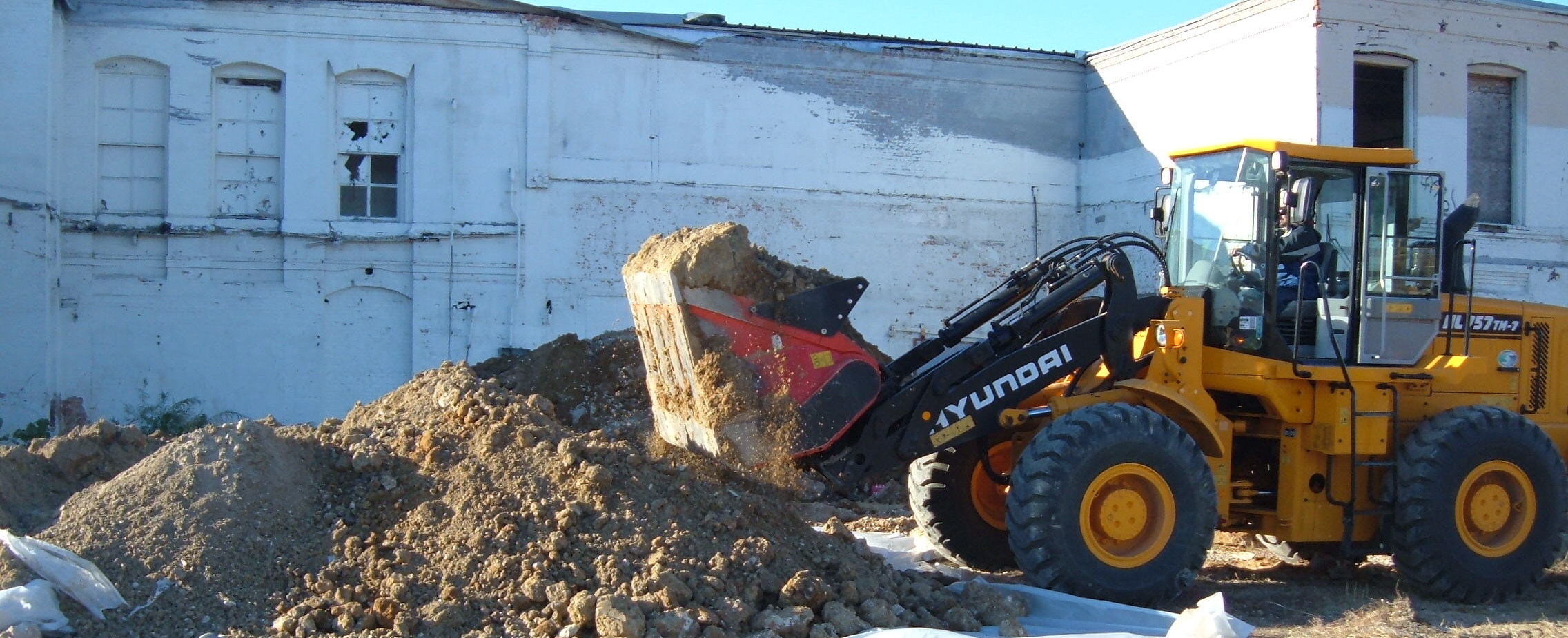In situ chemical reduction (ISCR) is a mature technology that commonly employs a number of differing chemistries that promote abiotic dechlorination processes :
- Zero Valent Iron (ZVI) and ZVI / Electron Donor Mixes (e.g. EHC)
- Bi-Metallic Particles
- Metal Sulfides
The destruction occurs on the surface of the reduced metal, which acts as the electron source.
What compounds are treated?
ISCR is used for the destruction of chlorinated organic compounds to non-toxic end products such as ethene, ethane, methane, and chloride ions (U.S. EPA, 1998; ETI, 2004a). The degradation of chlorinated organic compounds occurs without the addition of substrates or energy into the subsurface.
When to use in situ chemical reduction:
ISCR can be emplaced via several technologies:
- Soil mixing
- Trenching (permeable reactive barrier)
- Injection (micro- or nano-sized particles)
Generally both soil mixing and trenching requires an area clear of surface and subsurface structures, while injection can be completed below structures and other surface obstructions. The effectiveness of in situ chemical reduction often depends upon the contact time of the compounds with the reduced metal. Therefore, the faster the groundwater flow rate, the larger the area that will require treatment.
How long will it take?
The length of time for in situ chemical reduction to reach site goals will depend upon a number of factors:
- Emplacement of the reduced metals as a trench results in treatment of a mostly dissolved plume, therefore treatment times are equivalent to source attenuation rates
- Emplacement of the reduced metals in the source area, results in significantly faster treatment time frames
More information on XDD Environmental’s in situ chemical reduction (ISCR) experience and services.

